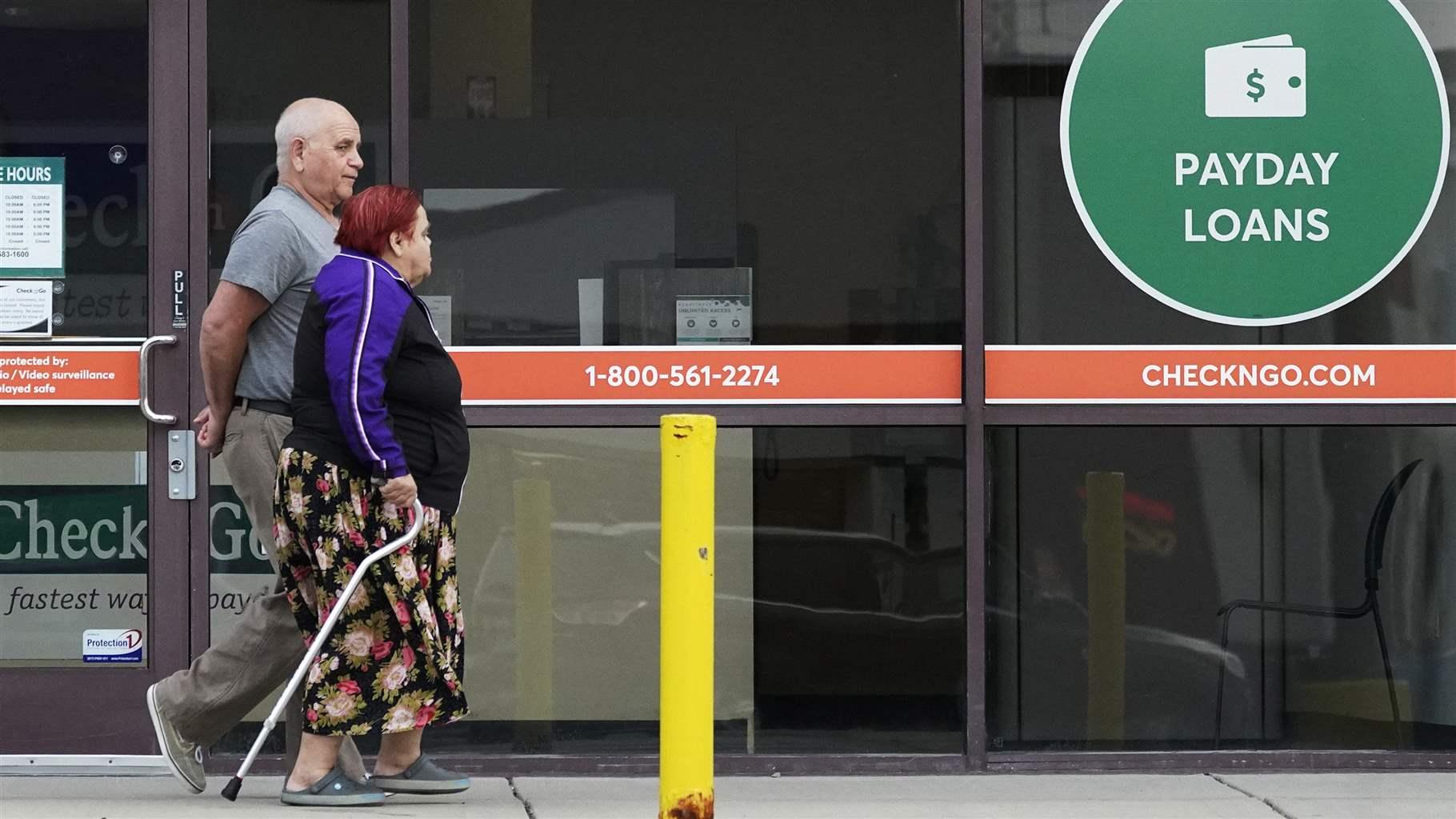Rent-a-Bank Payday Loans Have Highest Loss Rates in Banking System
Average Loss Rates Were 5 to 25 Times Higher Than Those of Other Bank Loans

Federal regulators have long expected banks to issue loans with a high degree of confidence that borrowers will repay them. But some banks supervised by the Federal Deposit Insurance Corp. (FDIC) are issuing loans, on behalf of payday lenders, that have dangerously high levels of default. These loans, known as “rent-a-bank" loans, have loss rates much higher than those of other products in the banking system, including small loans that banks directly offer their own customers with low credit scores.
These rent-a-bank loans are possible because banks are required to comply only with the interest rate limits of their home state—and not the borrower’s state. So a half-dozen small banks now originate loans on behalf of payday lenders at interest rates far higher than borrowers’ home states allow, with the payday lenders only able to make the loans because of the banks’ charters. These loans are very similar to the kinds of indiscriminate credit offered to noncustomers that bank regulators—because of their mandate to ensure the safety and soundness of the banking system by limiting dangerous practices—have historically stopped.
Asset quality is a key metric in the federal supervisory rubric used to assess a bank’s risk management, which includes an assessment of the likelihood that a bank’s loans will be repaid. Federal bank regulators explicitly point out that small-dollar loans should be made with “a high percentage of customers successfully repaying …” Yet, in 2019, the three largest payday loan companies involved in rent-a-bank lending had annualized net losses averaging 50%, in contrast with other bank-issued loans that, across the banking system, had losses ranging from 2% to 9% that year. (The 2019 figures are the most relevant because of historically unusual borrowing and repayment patterns in 2020 and 2021 as a result of the governmental response to COVID-19.) These loss rates resemble the rates of online nonbank payday loans, which are based on the payday lenders’ business model of high customer acquisition costs, losses, overhead, and interest rates, and are about 12 times higher than loss rates for credit cards over the same period and more than five times higher than those of bank and credit union small loans—suggesting that the lending banks had a relatively low expectation of repayment.
Normally, the high loss rates in rent-a-bank lending would trigger regulatory scrutiny because they suggest unsafe lending. However, banks sell most of these loans or receivables to their payday loan partners following origination, so the outcomes of rent-a-bank loans are largely hidden from bank examiners’ view. By selling the loans, banks essentially move the data on outcomes off of their books—which are reviewed in standard bank examinations—and onto the payday lenders’ earnings results, which are not.
There’s a better way. Banks should provide access to safe credit by following the lead of the growing number of institutions that make small loans to their customers on fair terms, while keeping losses in check. In fact, many banks serve borrowers with similar credit profiles to payday borrowers but have much higher repayment rates; these banks are increasingly leveraging technology—especially by automating loan underwriting and origination—to outcompete nonbank lenders on speed of underwriting, ease of access to loans, and certainty of approval, which are the main reasons borrowers have historically turned to payday lenders. This approach leads to loans that are affordable for bank customers, which helps improve both their financial wellness and their inclusion in the banking system.
It’s time for the FDIC to put a stop to high-loss, high-cost rent-a-bank lending, which harms customers’ financial health and undermines safe lending practices in the banking system.
Alex Horowitz is a principal officer and Chase Hatchett is a senior associate with The Pew Charitable Trusts’ consumer finance project.












